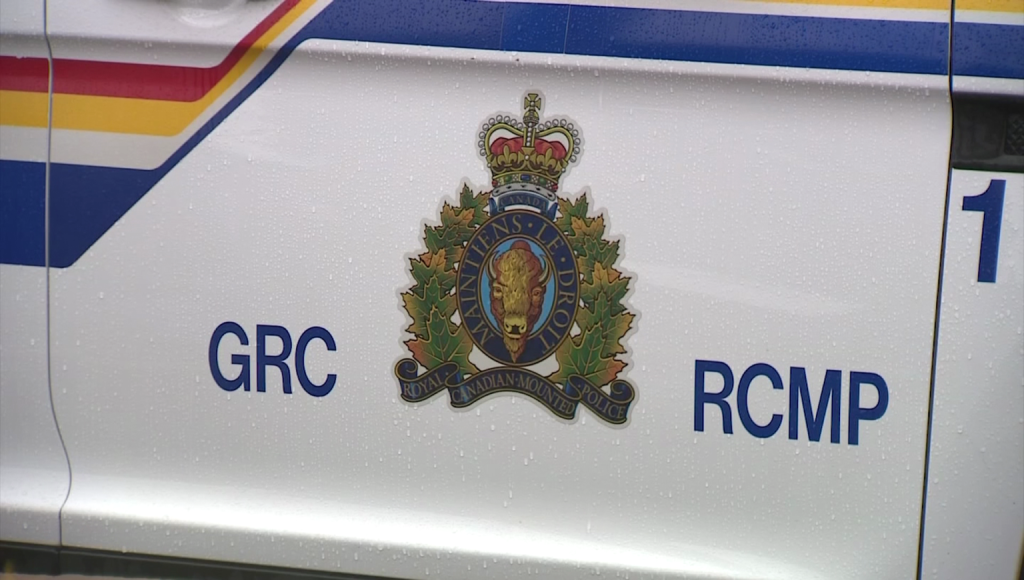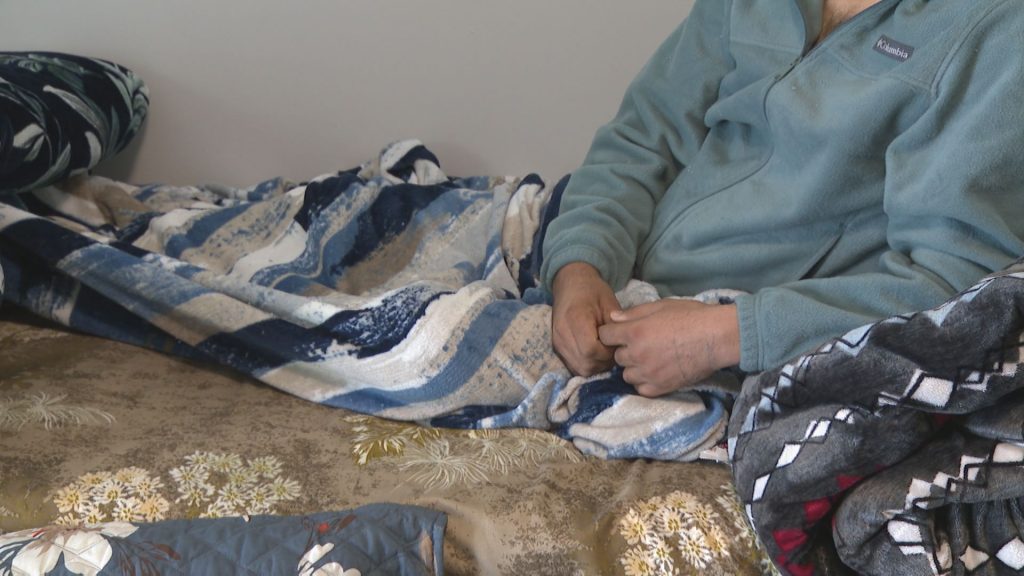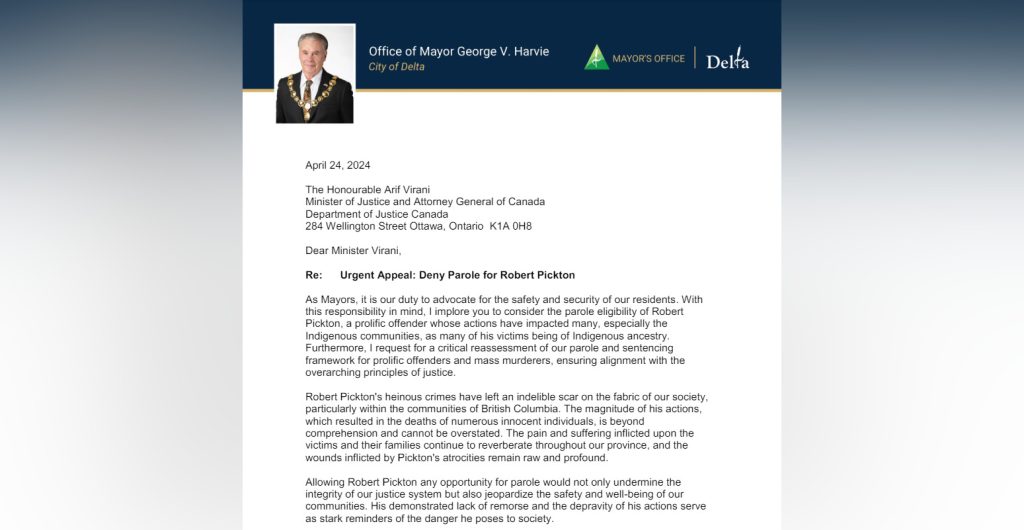Flu vaccination focus of B.C.’s fall plan to reduce strain on health care system
Posted September 9, 2020 1:22 pm.
Last Updated September 9, 2020 9:58 pm.
VICTORIA (NEWS 1130) — The province is focusing on keeping people out of hospitals and shifting resources where needed as it secures more than two million doses of flu vaccine as part of a plan to manage any potential surge in COVID-19 cases during the fall and winter.
Victoria also wants to build its COVID-19 testing capacity to 20,000 a day, along with more contact tracing, while maintaining surgical capacities and recruiting more staff for the health care sector.
“We also, of course, will be focusing on the influenza season,” Premier John Horgan said Wednesday, a day after the province ordered all nightclubs and standalone banquet halls to close effective immediately after 429 new COVID-19 cases and two deaths were reported over the long weekend.
Horgan added 450,000 additional doses of high-dose flu vaccine have been procured by the province, bringing the total available to 2,045,000.
HAPPENING NOW: The BC gov't outlines its plan to deal w/#COVID19 this fall/winter. It's relying heavily on people getting vaccinated against the flu to keep hospitalization numbers down while reducing the strain on the healthcare system. BC has secured almost 2 million flu shots.
— Sonia Aslam (@SoniaSAslam) September 9, 2020
Provincial Health Officer Dr. Bonnie Henry said last year was a mild flu season.
“When we looked at what happened in the southern hemisphere this past few months, they had a relatively, very mild season, partly we think that’s because their immunization rates were very high, and partly it’s because of the circulating strains that they were seeing.”
Dr henry: good news from southern hemisphere is there immunization rates were very high and their flu cases very low. This along with measures like washing hands, coughing into sleeve, staying home when sick will help reduce pressure on hospitals.#bcpoli @NEWS1130 #covid19
— LizaYuzda (@LizaYuzda) September 9, 2020
She added immunization rates in B.C. were high last year, around 75 per cent.
“So, this is a year where we will be encouraging and making available the vaccine to everybody.”
Henry said flu shots should be more available at pharmacies and health units this year to people not in high-need groups than in the past.
“In my ideal world, yes, and I think this year more so than ever. There are very few people who are not around somebody who’s at high risk. And so there are very few people who would not be eligible for our publicly funded influenza program here in B.C.,” she added.
The flu immunization program would cost $30 million, according to the plan, which outlines actions public health is taking to strengthen its response to COVID-19 and manage demand during the fall and winter, based on capacity.
Dr henry says fall influenza campaign will be like nothing we’ve seen before – along with purchasing the most vaccine ever – and asking anyone over 6 months to get vaccinated when doses are available.#bcpoli @NEWS1130 #covid19
— LizaYuzda (@LizaYuzda) September 9, 2020
“Influenza is a key driver of historical demand on inpatient bed utilization during the late fall and winter months,” says the report.
It suggests making “Fluzone-High Dose” immunizations available to all long-term care and assisted living residents as part of the fall strategy.
The plan calls for $1.6 billion in funding, of which $850 million has already been announced for increased COVID-19 contact tracing and rural transportation, along with restarting surgeries, implementing the single-site plan for care home workers and purchasing more protective equipment.
It also outlines four scenarios, from normal to additional demand, including surgeries, as well as low to exceptionally high transmission of COVID-19 and care requirements, from inpatient and critical care to equipment needs, such as ventilators.
Regarding transmission of COVID-19, the report suggests a low rate would be similar to June, when about 25 intensive care beds and 57 acute ones were required.
Exceptionally high transmission would require more than 200 intensive care and 400 acute beds.
Henry said the current capacity for COVID-19 testing is 8,000 to 10,000 a day around the province.
“So we want to double that capacity,” she added. “We’re doing about 5,000 to 6,000 tests a day. So not everybody in the province needs a test, as we know. It’s people who are symptomatic.”
The reports says the surgical restart — all but urgent surgeries in all hospitals were cancelled in Marc to free up beds for COVID-19 patients — earlier this spring was an important initiative by the province.
READ ALSO:
-
B.C. at critical point for bending COVID-19 curve back down: top doctor
-
B.C. orders nightclubs, banquet halls to close as COVID-19 cases continue to surge
“For the fall and winter, we want to maintain normal, routine access to health care as much as possible while also responding effectively to managing COVID-19,” says the report.
The health system has adequate physical capacity to meet demand, knowing it can delay surgeries or admissions, if required, according to the report.
“A key action for the fall is to have in place as much as possible additional surge capacity across key hospitals so that it will be less likely that changes to surgical planning and medical admissions would need to be considered. However, surge capacity requires a continued focus on strengthening health human resources – hiring, training, and effective deployment will be a key priority.”
Any surges would be managed in a staged, regional approach.
“This staged approach will start by using assigned COVID-19 bed capacity in 19 COVID-19 sites, with the remaining sites be used for what are expected to be a small number of local cases,” says the report.
The province has 19 sites that are COVID-19 sites to manage COVID-19 patients (3 each in FHA, Van Island Health, and Northern Health, 4 Van Coastal, 6 Interior) and can turn all hospitals into sites if needed.
— Lasia Kretzel (@lkretzel1130) September 9, 2020
Of the 19 sites, four are in the Vancouver Coastal Health Authority, while three each are in the Fraser, Vancouver Island and Northern regions. Six are in the Interior.
In addition to maintaining current health and safety protocols and adding the fall influenza immunization plan, measures call for continued protection of seniors in long-term care and assisted living, and high-risk individuals, as well as a new hospital-at-home initiative meant to reduce COVID-19 transmission in acute care wards.
Health Minister @adriandix again highlighting the “hospital at home” program which will provide 24/7 care at home, but will remain under the direction of hospitals.
It will launch at Victoria hospital and then other hospitals across B.C. in the coming months.— Lasia Kretzel (@lkretzel1130) September 9, 2020
The ministry will also establish six health authority pandemic working teams.
The plan also aims to recruit and train up to 5,000 care aides, and cleaning and food service staff in the long-term care sector.
Increased use of virtual care for older patients is another recommendation, as is designating urgent and primary care clinics as acute respiratory illness centres.
Hospitals will implement COVID-19 management strategies, with cohort wards to ensure isolation capacity.
“Both patients with confirmed and suspected COVID-19 require isolation beds.”
Funding for community and long-term care is pegged at more than $400 million.
The plan also outlines all the protective equipment B.C. acquired from March to September:
- more than 6,300,000 N95 or equivalent respirators;
- almost 50,500,000 surgical or procedure masks;
- more than 2,600,000 pieces of eye protection, including goggles and face shields;
- more than 90,000,000 pairs of gloves;
- almost 8,000,000 gowns.
Funding for facilities and equipment is expected to cost $150 million.
“Overall, and in line with the spring 2020 experience of the COVID-19 epidemic, the B.C. health system has adequate physical capacity to meet demand with the backstop of knowing that we can successfully implement more extreme in-patient admission measures if required,” says the report.
Read the full fall and winter health sector plan:
COVID Capacity Modelling and Planning for Fall Winter










